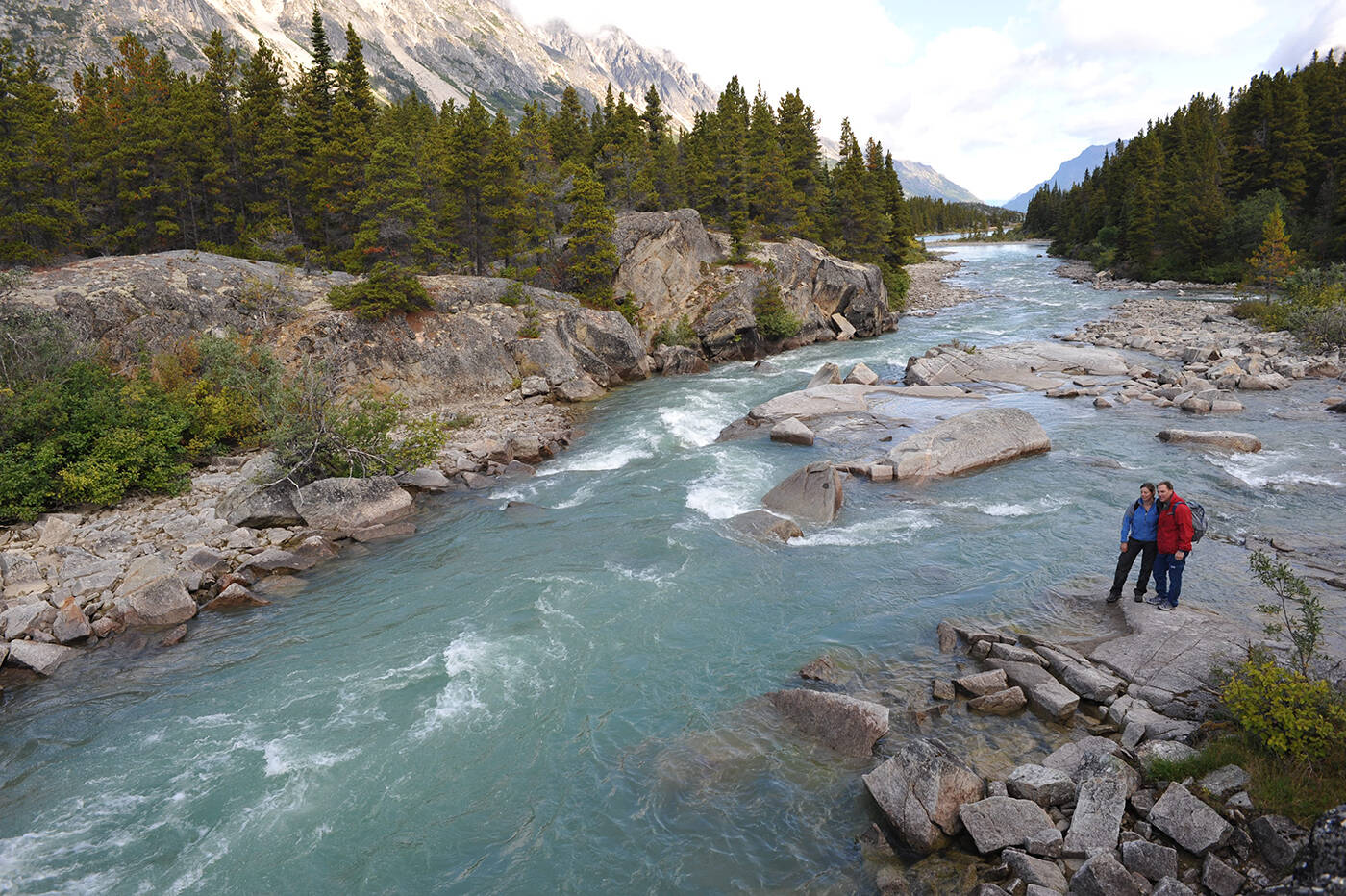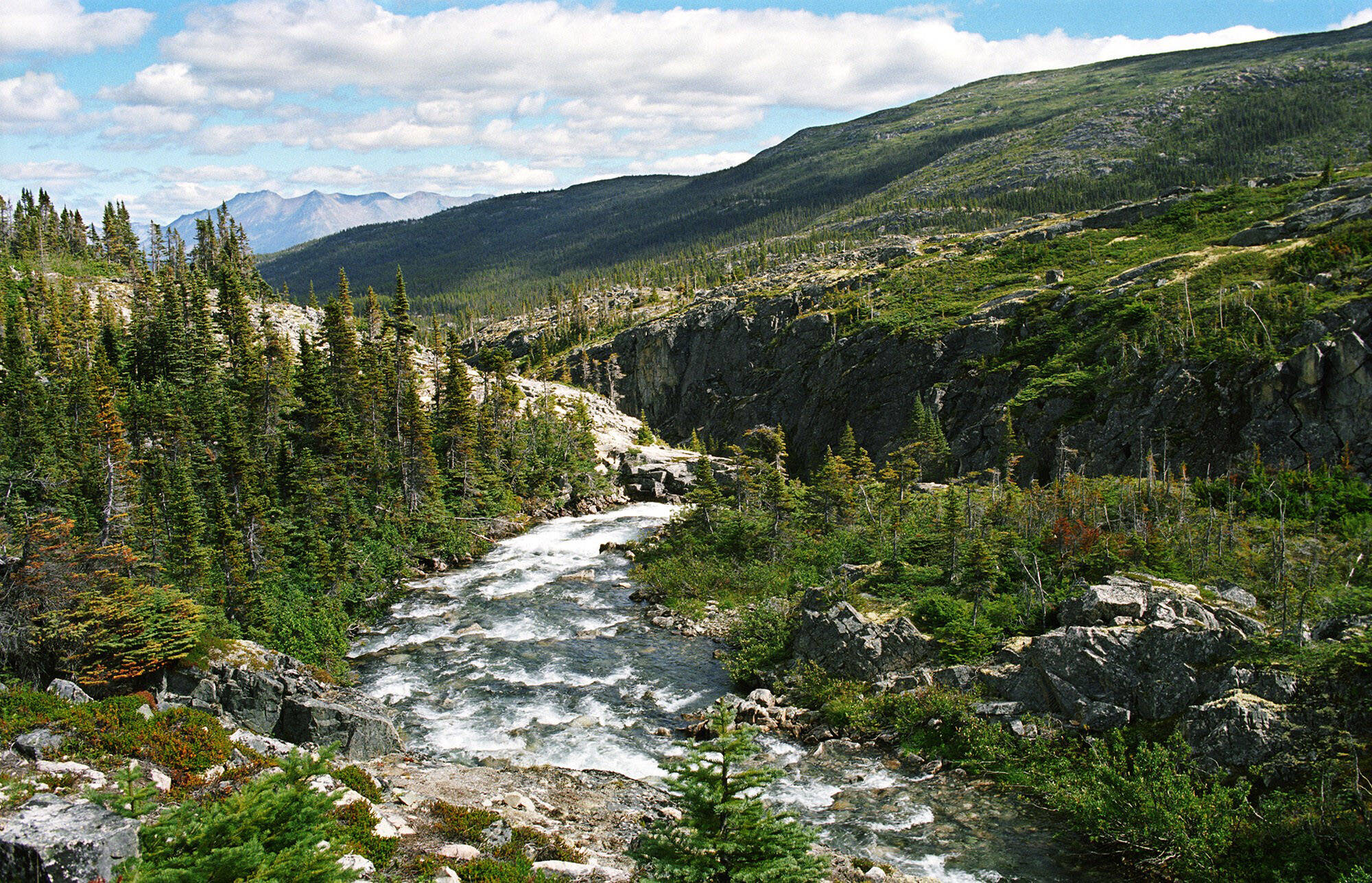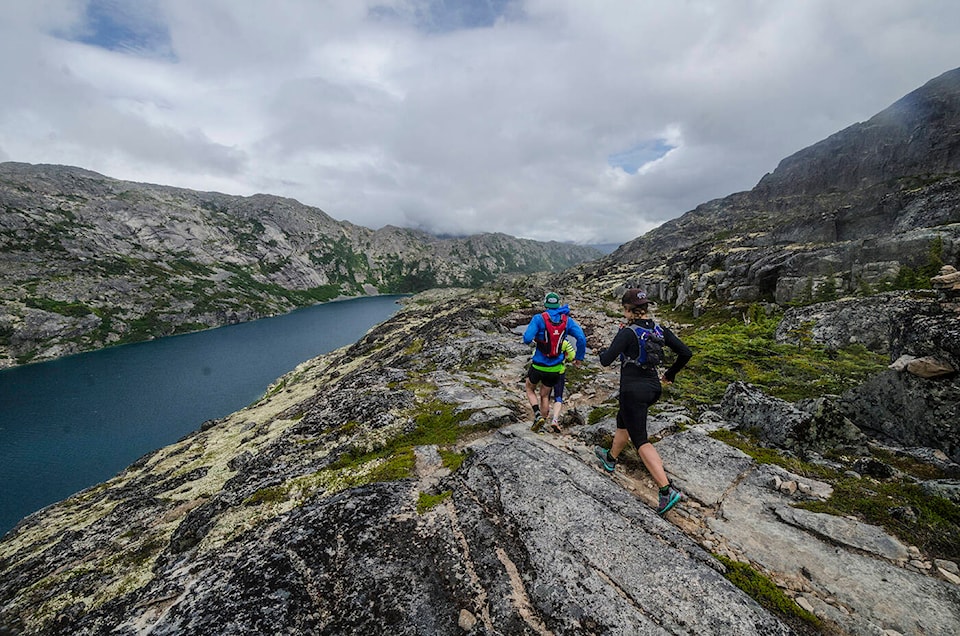Hikers hoping to experience the Alaskan side of the Chilkoot Trail, which was closed following extensive flooding last fall, will have to wait until Aug. 1 at the earliest.
The Chilkoot Trail crosses the international boundary between the United States and Canada and is co-operatively managed by Parks Canada and the U.S. National Park Service.
Major flooding last October caused serious damage to Alaskan sections of the Chilkoot Trail from Dyea to Sheep Camp, causing parts of the trail on the American side to be dangerous or impassible.
The Canadian side of the trail is expected to be open for hiking June 1.
READ MORE: Why this Alaska-to-Yukon hike should be on every adventurer’s list for 2022
Klondike Gold Rush National Historical Park officials said they’re assessing repair work daily as it progresses, with focus on the replacement of two major bridges located on the first two miles of the Chilkoot trail on the lower Taiya River, which were washed out during last fall’s flooding.
Officials said a determination will be made in early April as to whether they’ll be able to support permitted through-hiking on the Chilkoot Trail this summer.

“The target goal date for opening the trail is Aug. 1, 2023, provided that all necessary repairs to the damaged trail can be made,” said Karl Sommerhauser, chief ranger for visitor and resource protection of the U.S National Park Service.
Sommerhauser told the West Coast Traveller’s sister publication, Yukon News, that repairs will include replacing bridges and allowing for through passage across areas of the trail where tread has been washed out, in excess of 100 yards in one area and other critical repair areas.
“Other bridges and sections of the trail are damaged and need repair as well,” he said.
READ MORE: All aboard! Train traces the epic Klondike journey
Sommerhauser said it is possible that travel across the damaged U.S. side of the Chilkoot Trail will not be be able to happen this year.
The Klondike Gold Rush National Historical Park has three units: the Skagway unit located in Skagway, Alaska; the Dyea unit north of Skagway; and the White Pass unit sprawling from the Skagway River valley to Bennett, B.C., which is seen from the Klondike Highway or the White Pass Yukon Route Railway.
The U.S. Congress designated the Chilkoot Trail as a national historic trail in January, making it the 20th in the U.S. to get the designation.
READ MORE: Take a hike: Popular Yukon Hiking website becoming hardcopy guidebook
With most of the damage is on the U.S. side of the trail, Parks Canada said it’s planning to open the Canadian side of the Chilkoot Trail National Historic Site to summer hiking permits as of June 1.
“A preseason assessment of the trail will take place later this spring once most of the snowpack has melted,” Karen Murray, communications officer at Parks Canada, said in an email.

Pre-pandemic, summer trail usage was around 3,000 hikers per season, Sommerhauser said. Murray corroborated this number, compared with 266 hikers who visited the trail in 2022.
Murray said they expect visitor numbers on the Canadian side of the trail to be greater than what they were over the last two seasons, as train service to Bennett City campground is expected to resume.
“With the possibility of the U.S side of the trail reopening in August, and the potential for hikers to once again hike the trail in its entirety, we may see a return to pre-COVID numbers into mid-September (when the permit season closes),” she said.
Parks Canada said national historic sites “reflect the rich and varied heritage of Canada and provide an opportunity for Canadians to learn more about our diverse history.”
Plan your adventures throughout the West Coast at westcoasttraveller.com and follow us on Facebook and Instagram @thewestcoasttraveller. And for the top West Coast Travel stories of the week delivered right to your inbox, sign up for our weekly Armchair Traveller newsletter!
